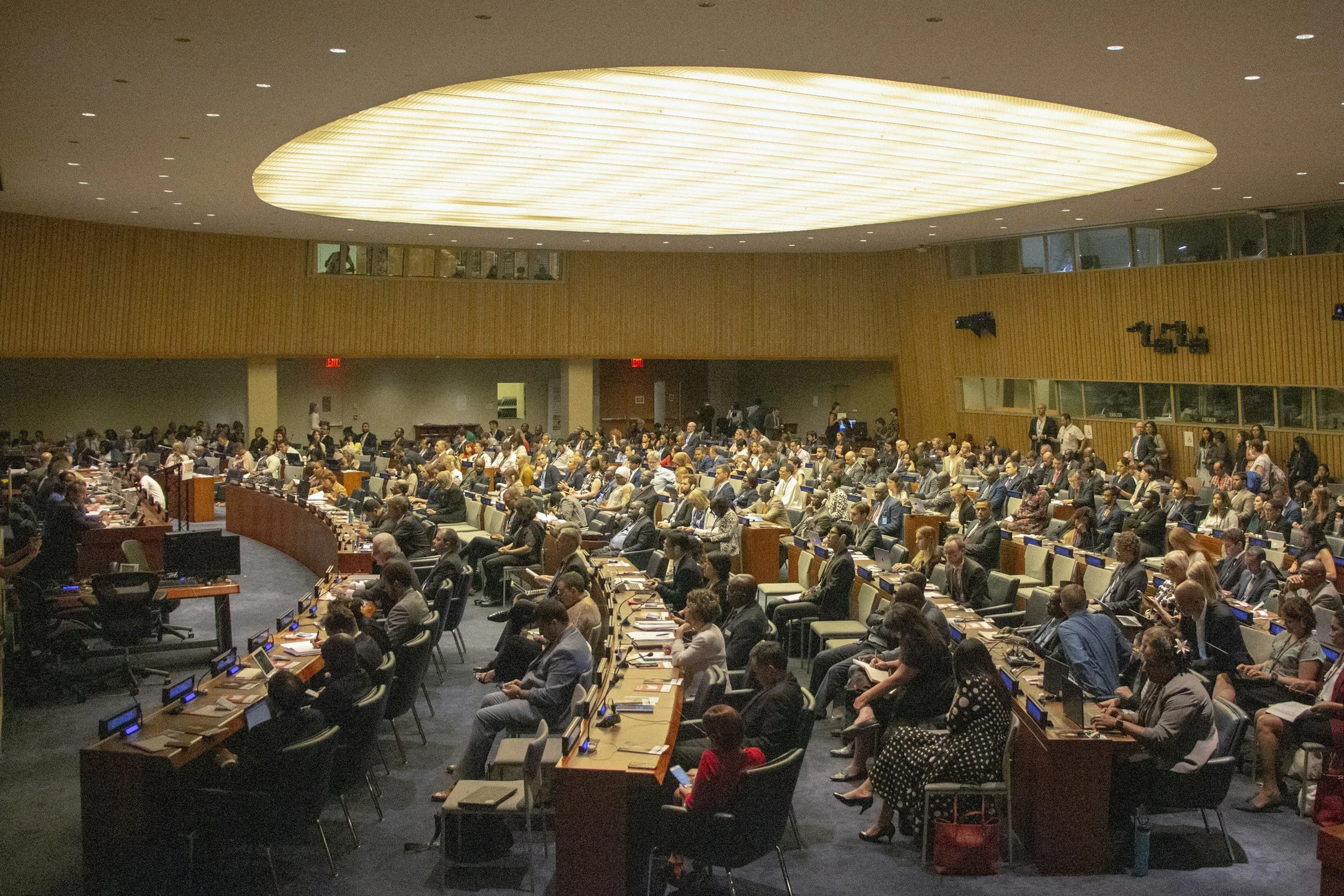
Spreading the word - discussing the Happiness Return Framework with impact investors in Zurich
It all begins with an idea.


UN Summit of the Future at Climate Week: Are we measuring the right things? Do we value the right outcomes?
It all begins with an idea.

Updates from the impact management movement: tackling the climate change incentive problem
It all begins with an idea.




How SROI Analysis enables enterprises working for more than profit to reveal their value
It all begins with an idea.



From Impact Intention to Impact Management: Are You Ready for the Change?
It all begins with an idea.

Why Your Hard Work Sits on the Shelf — and What to Do About It
It all begins with an idea.



Imagine a world in which the impact of every investment is known
It all begins with an idea.

If I see one more post about the lack of progress on impact metrics I'm gonna lose it
It all begins with an idea.


Impact Measurement Approaches: Recommendations to Impact Investors
It all begins with an idea.


